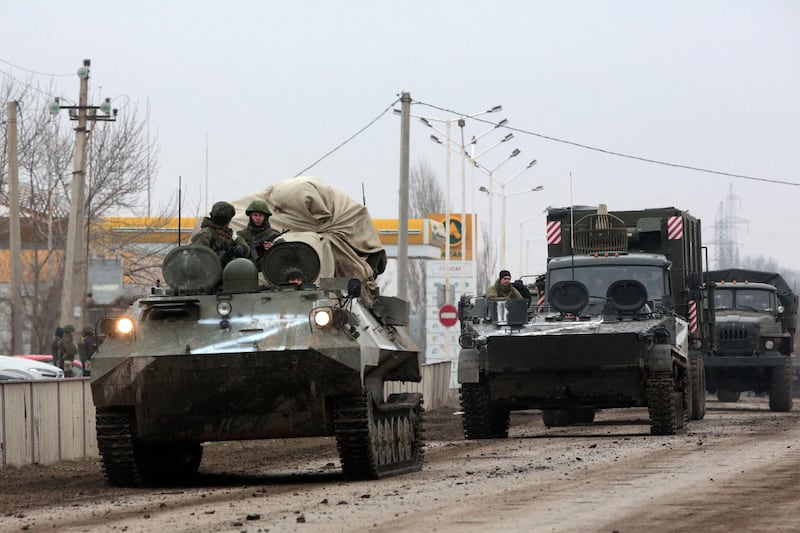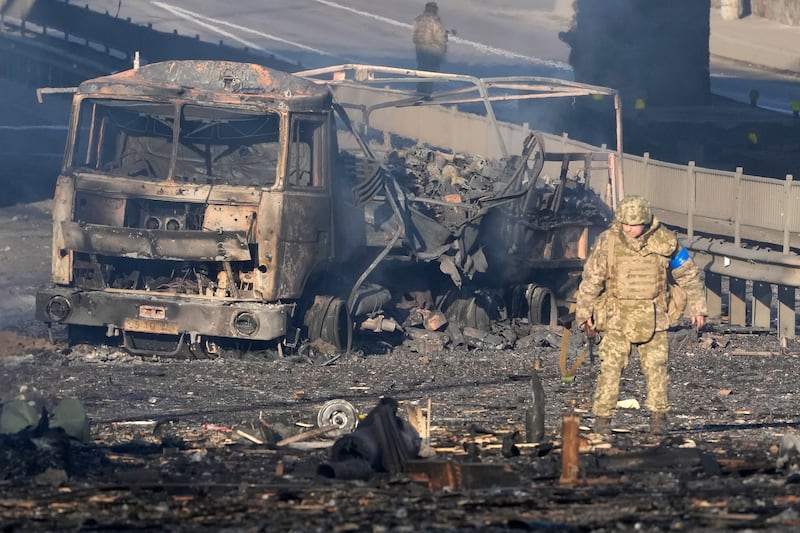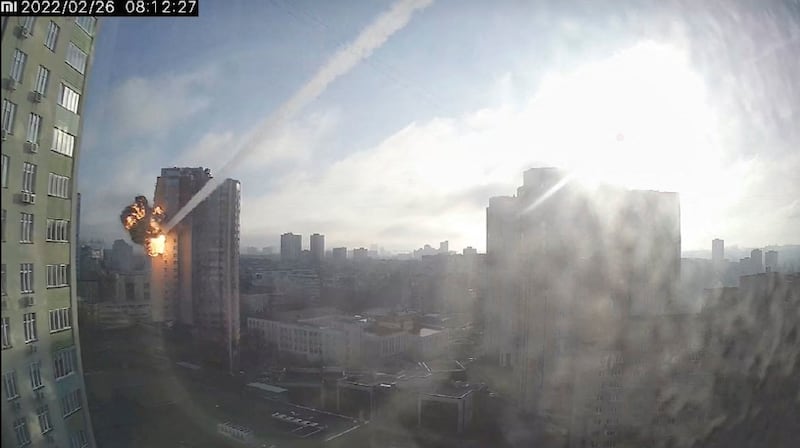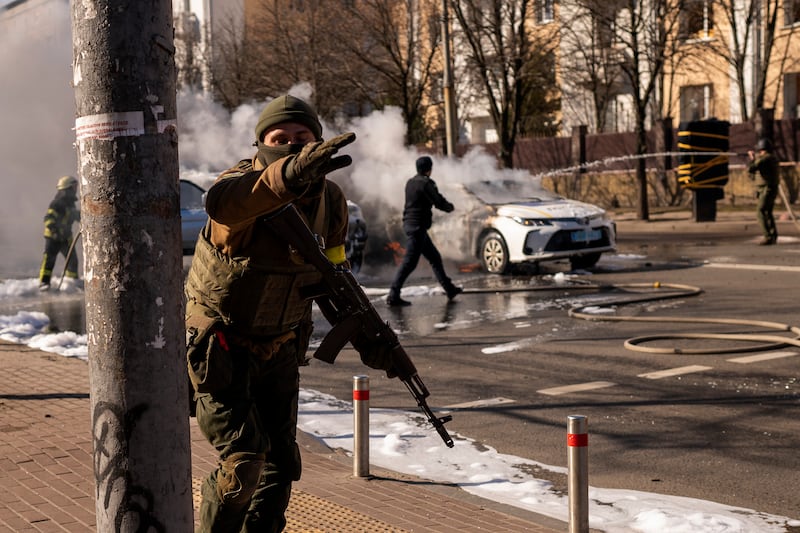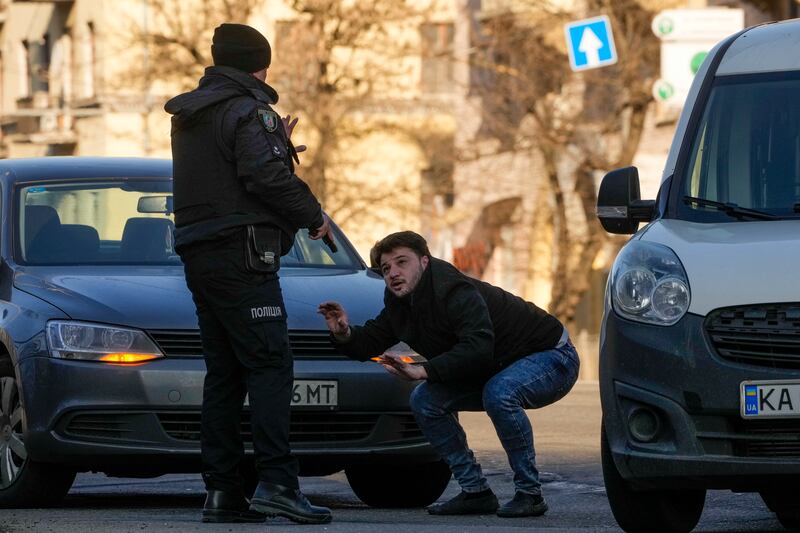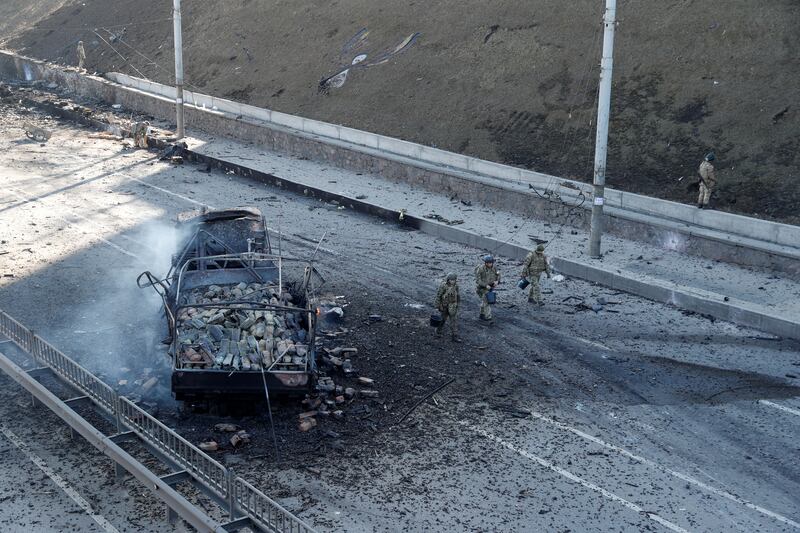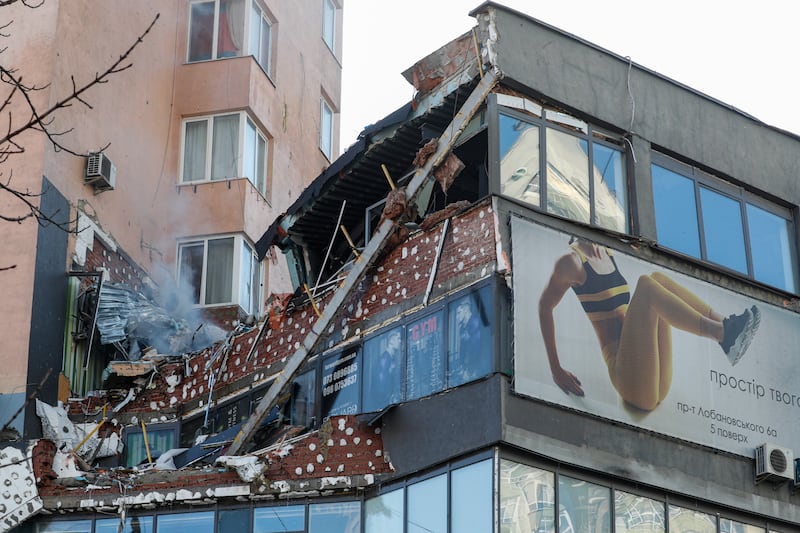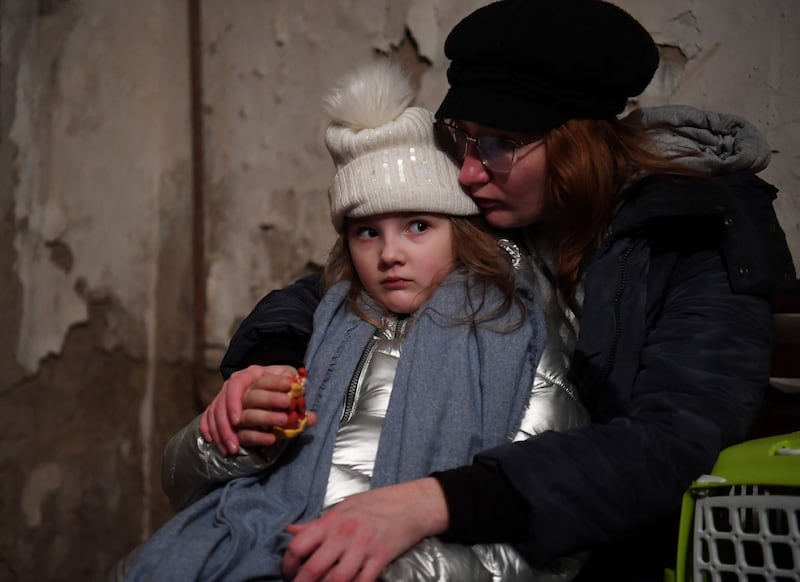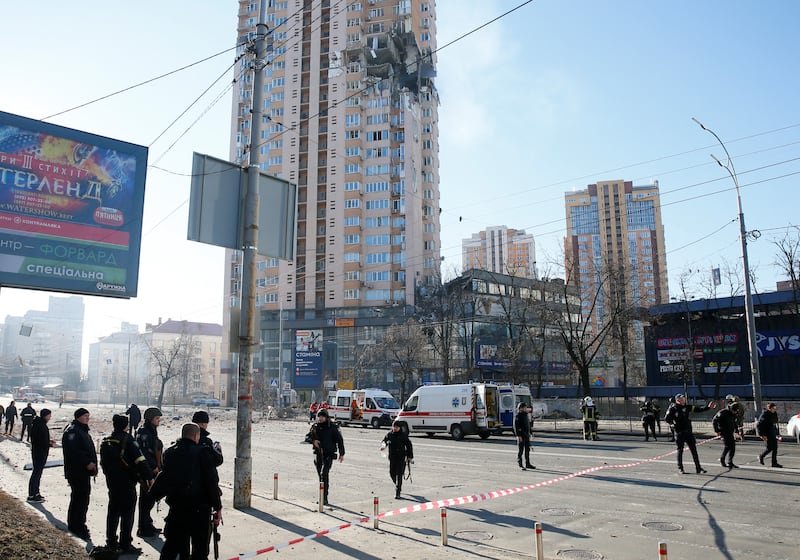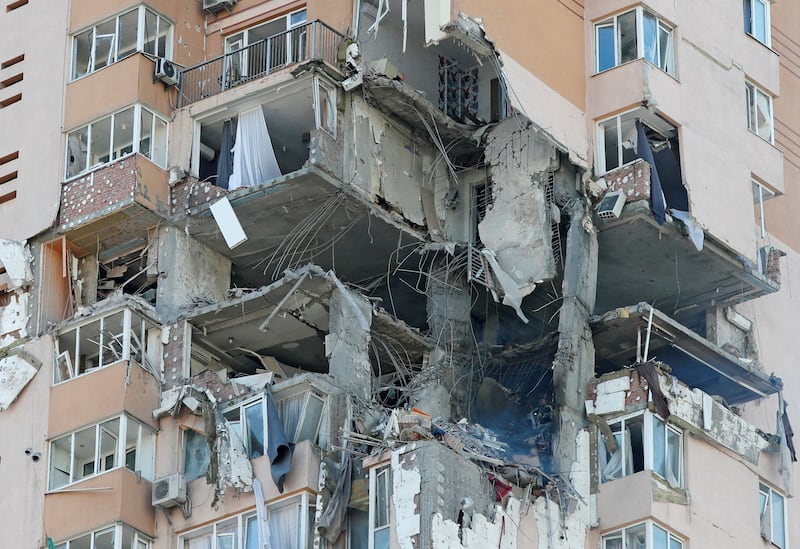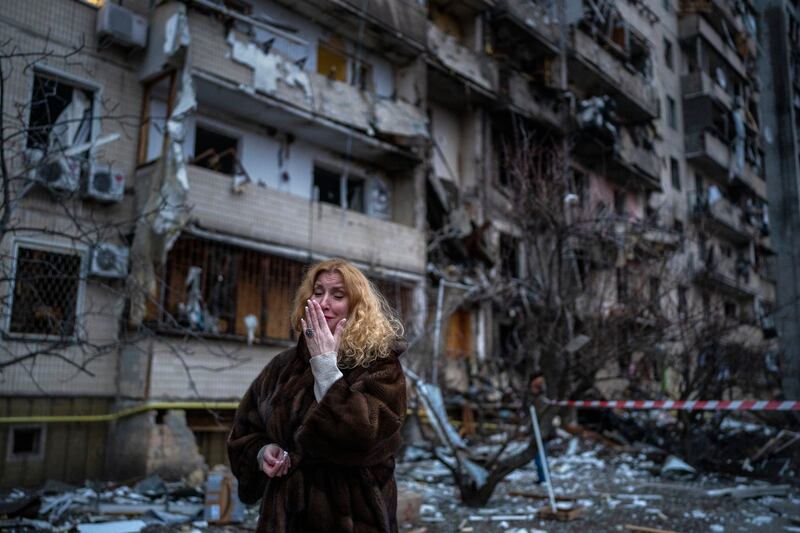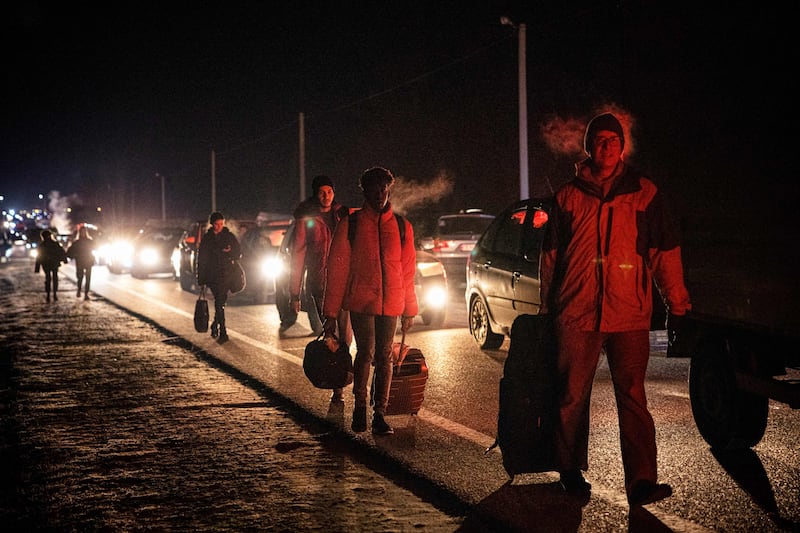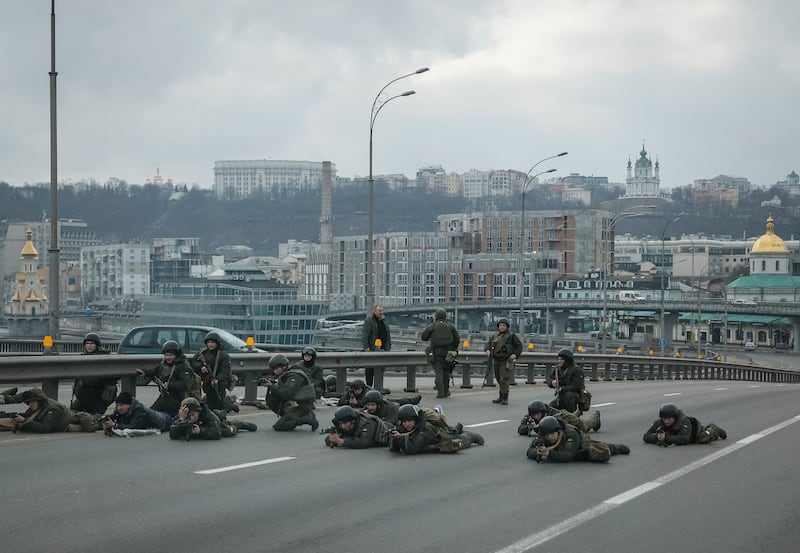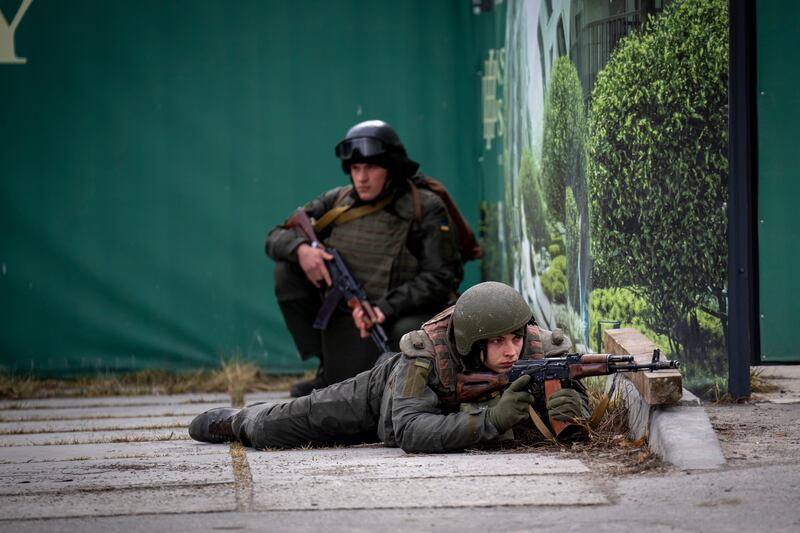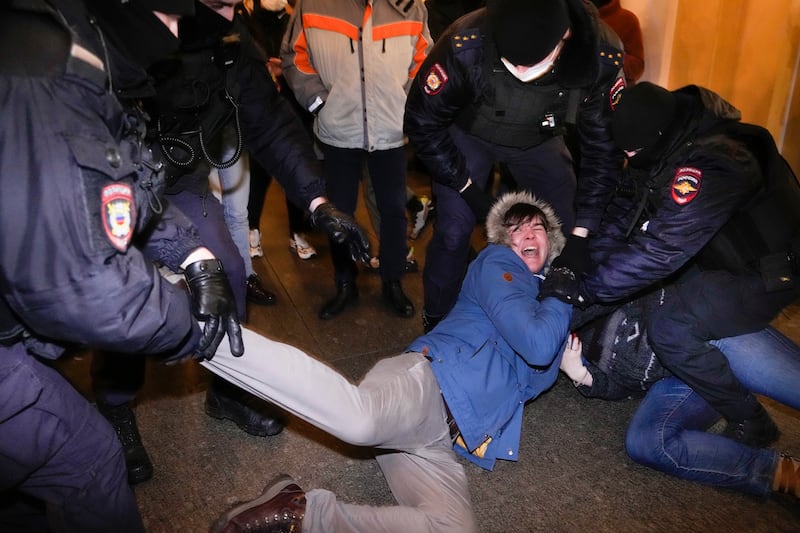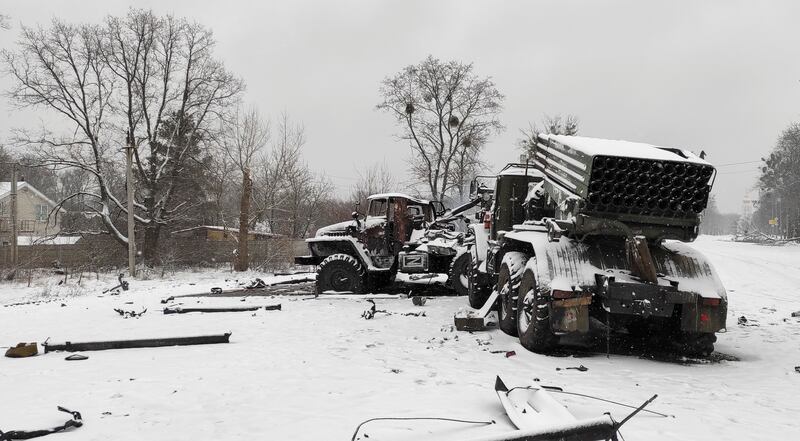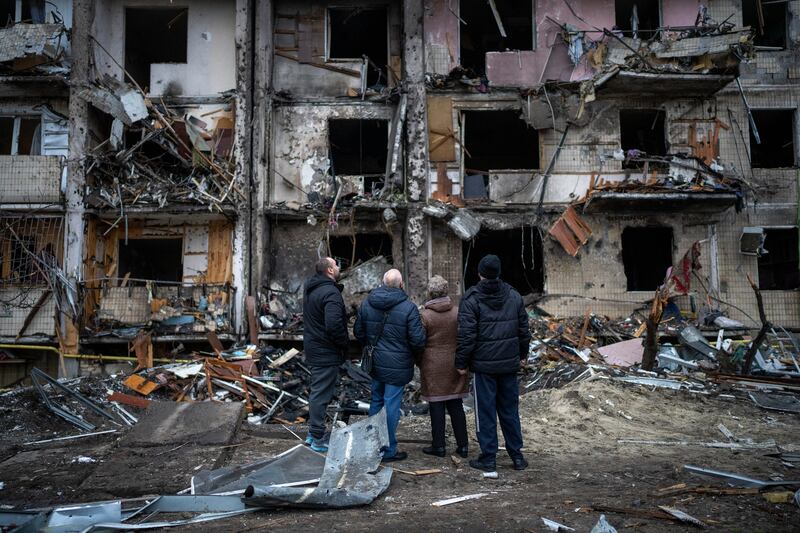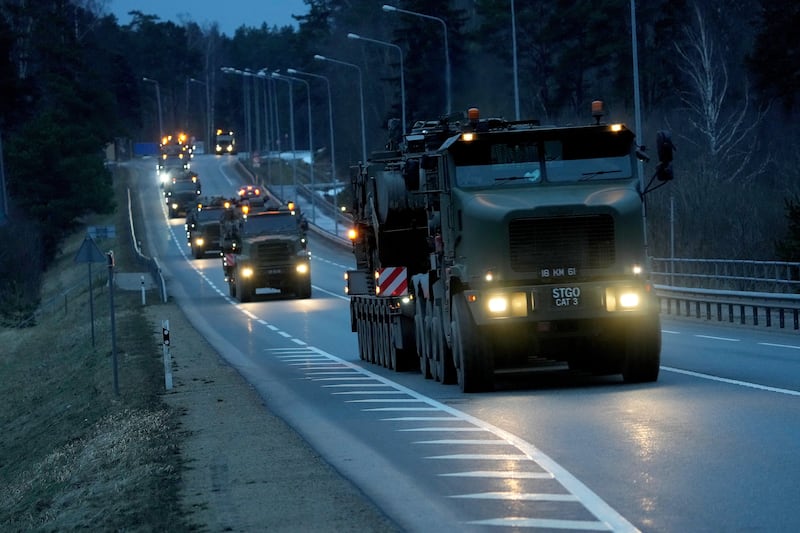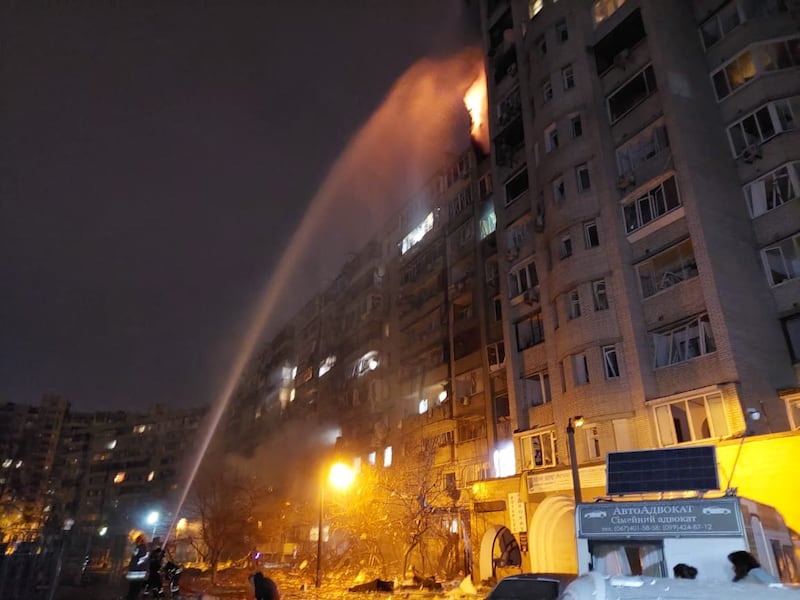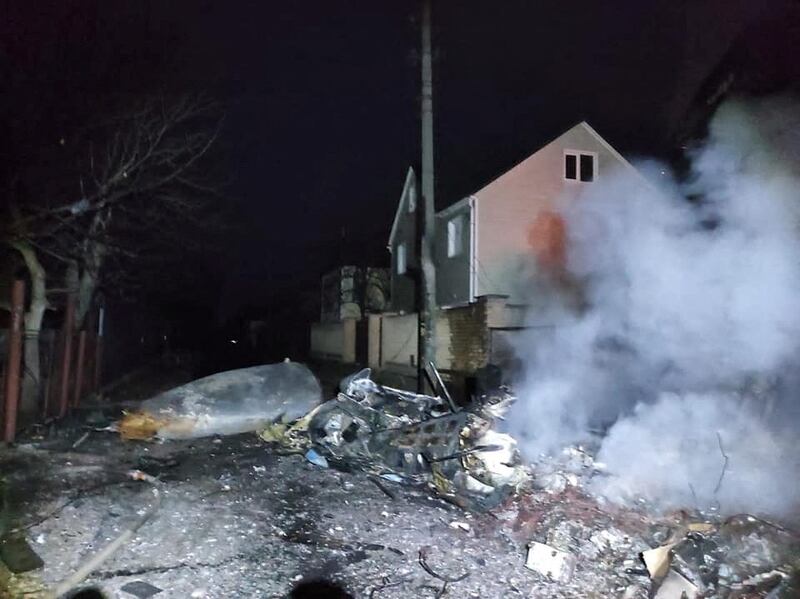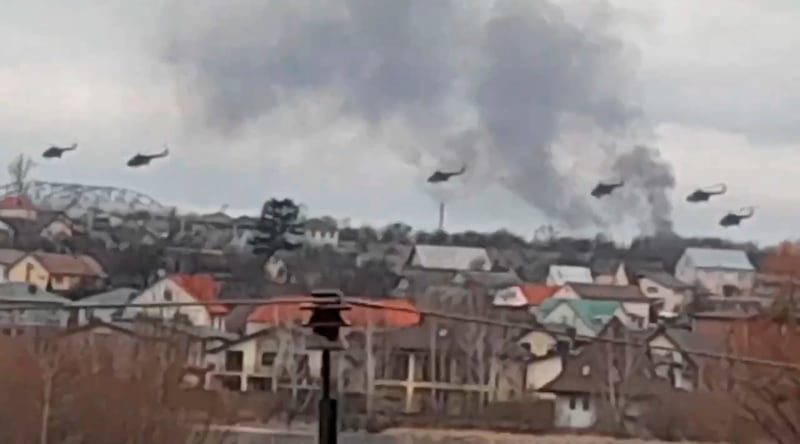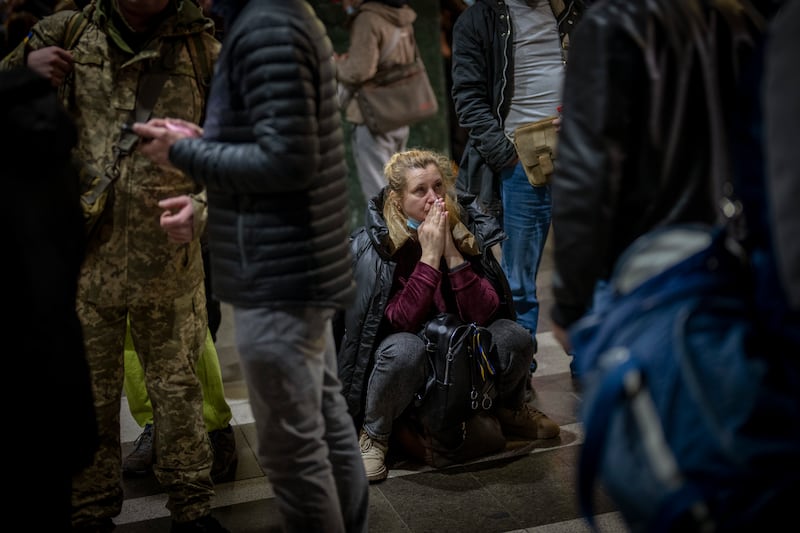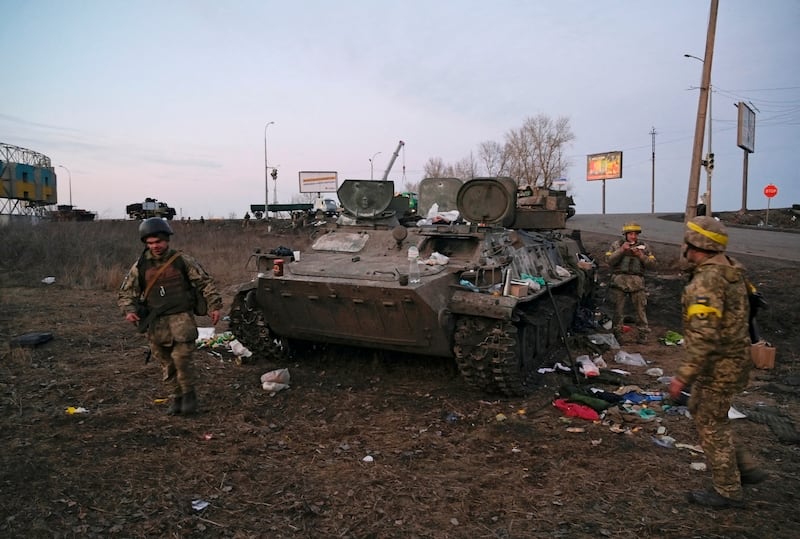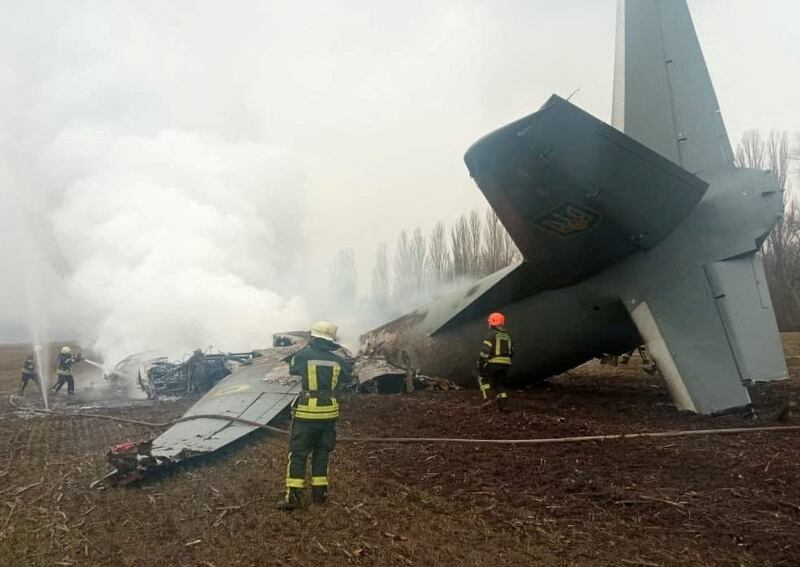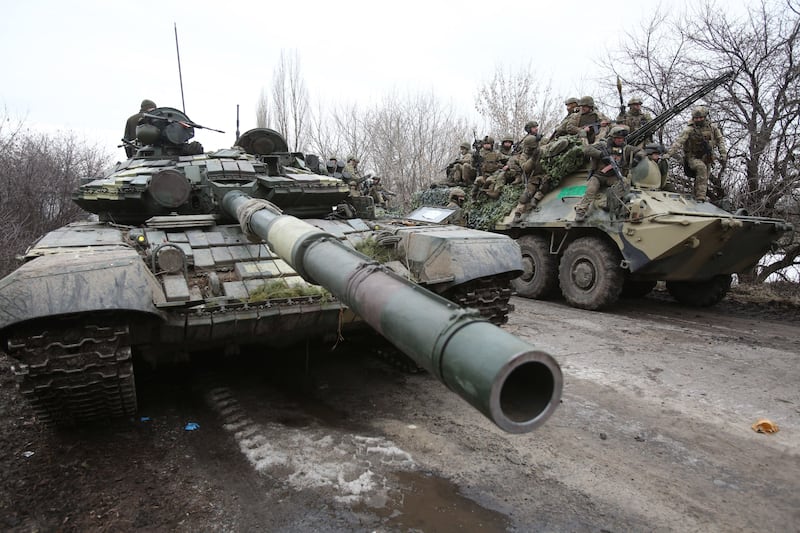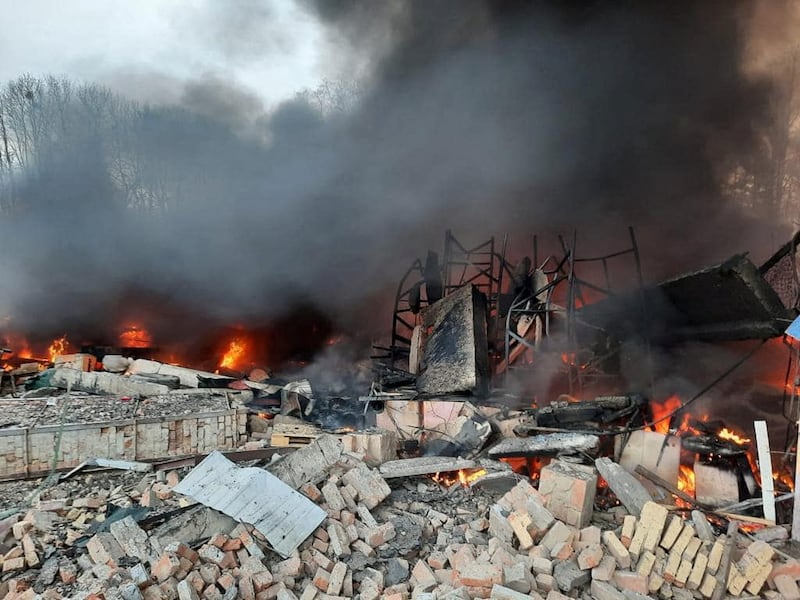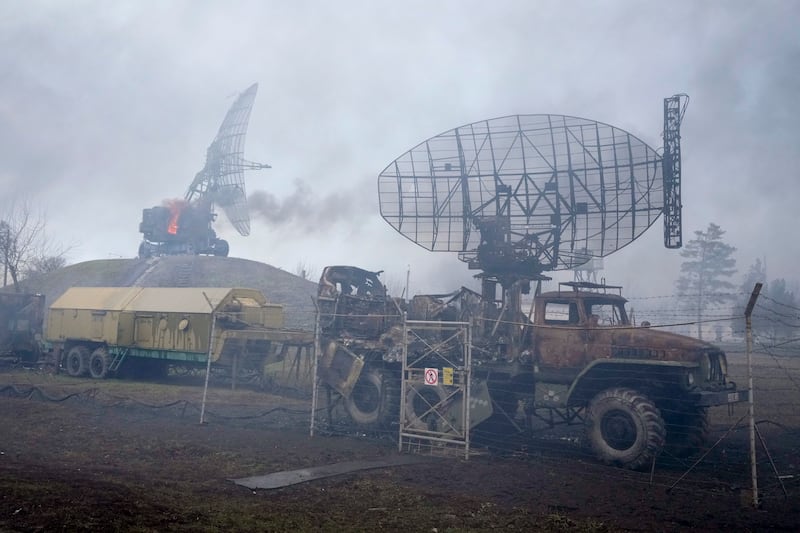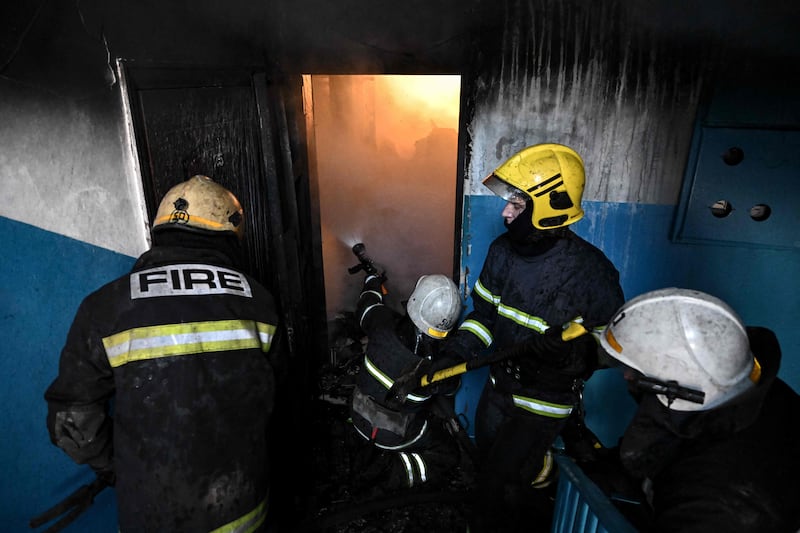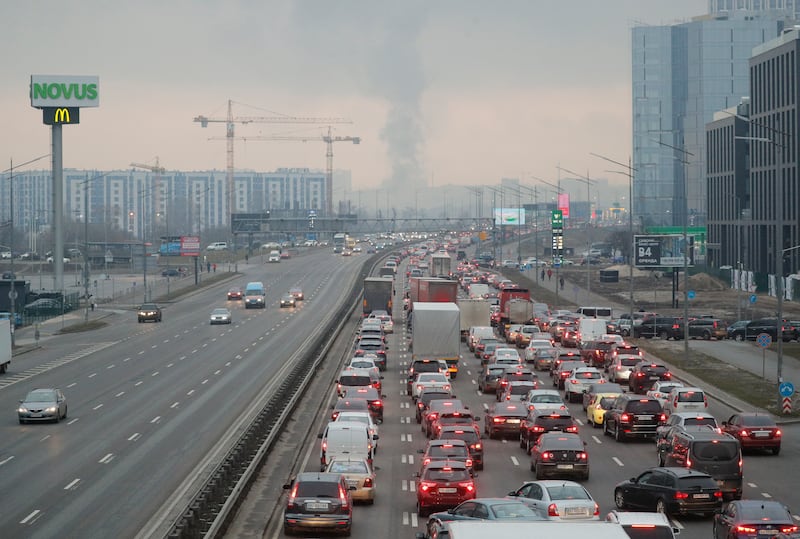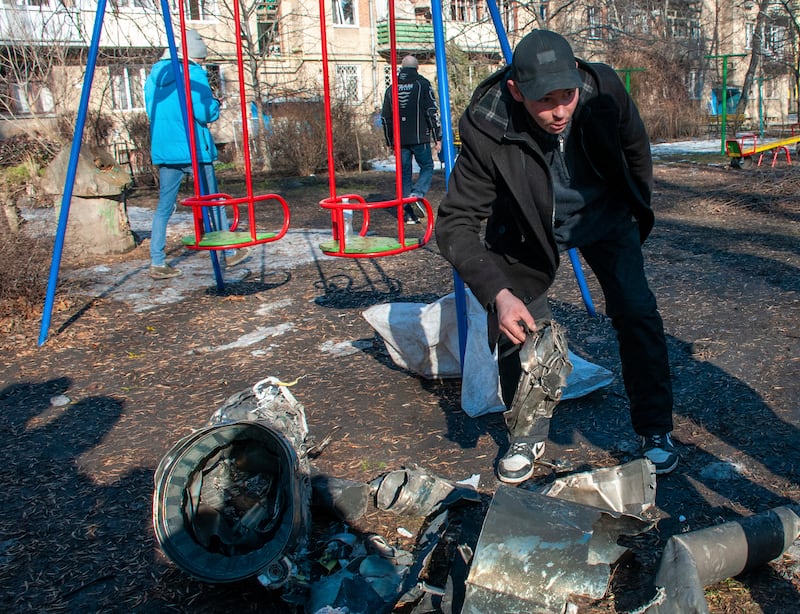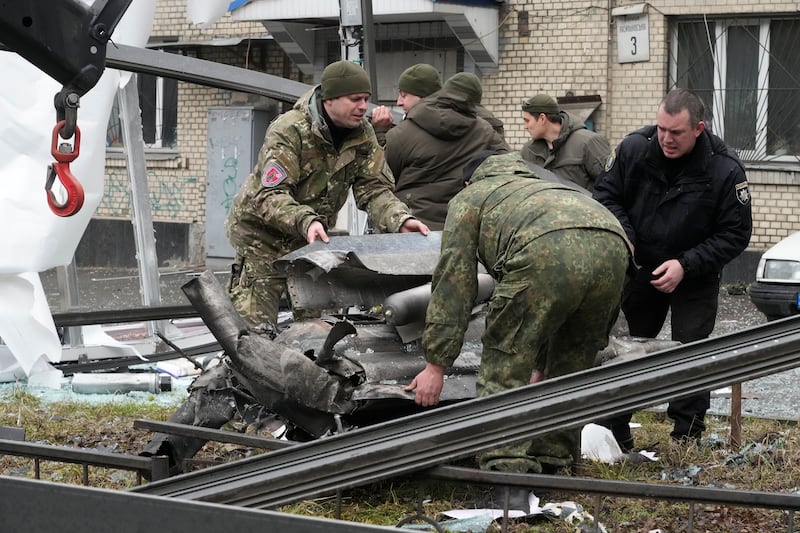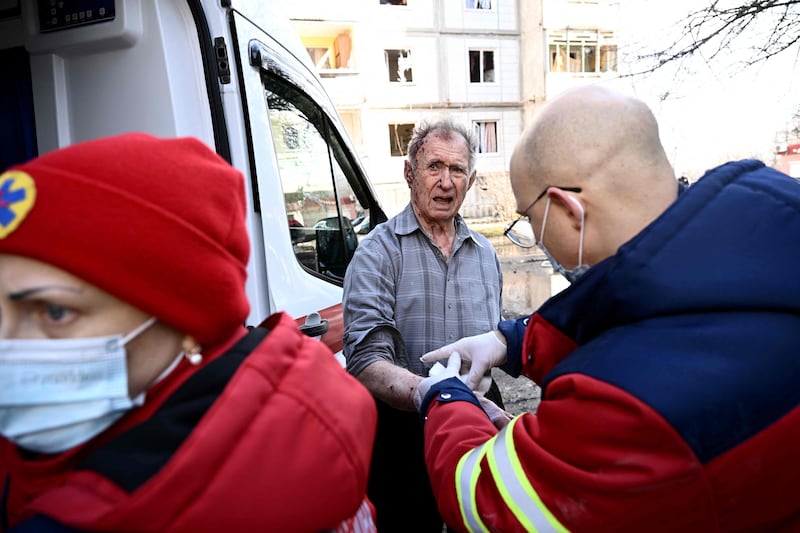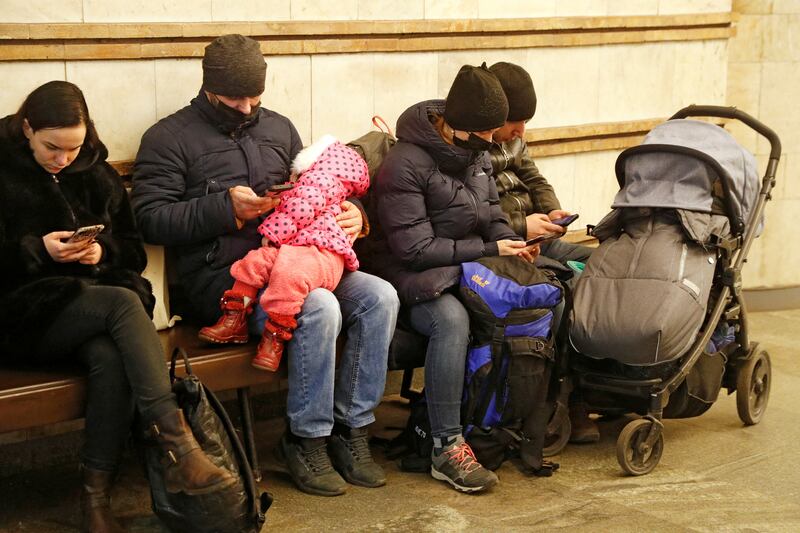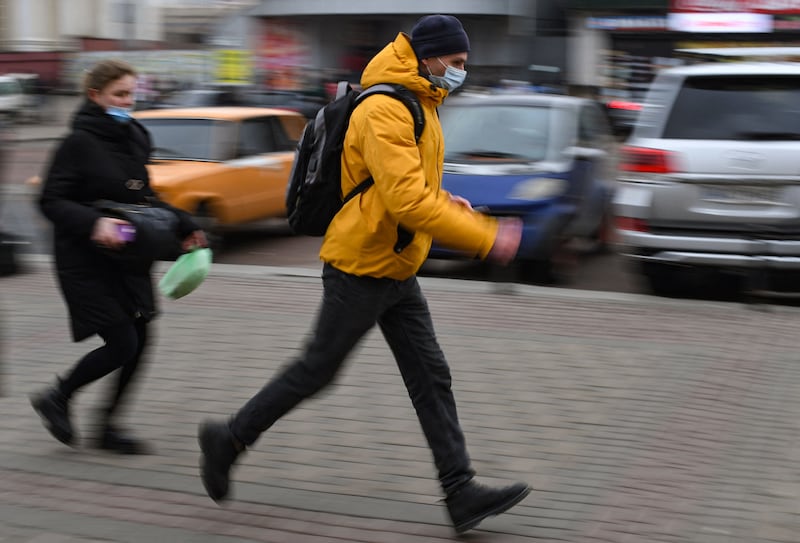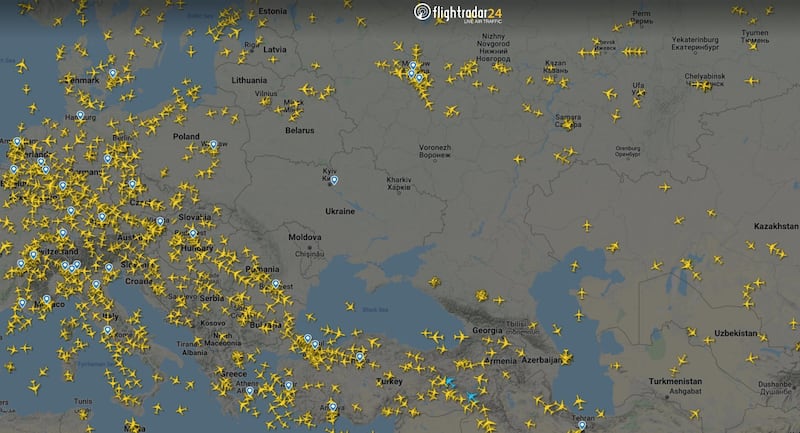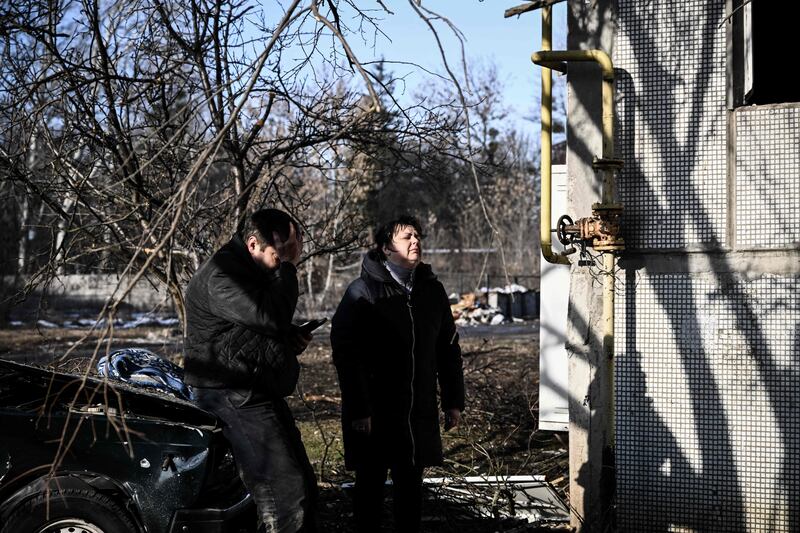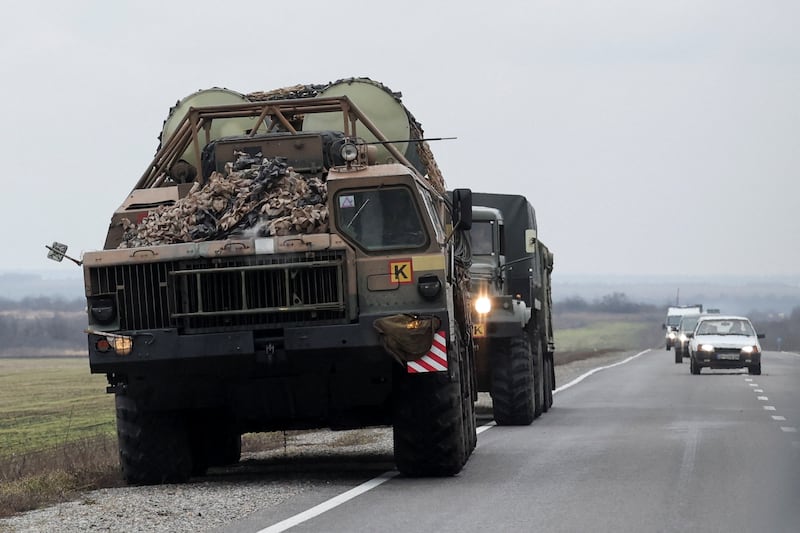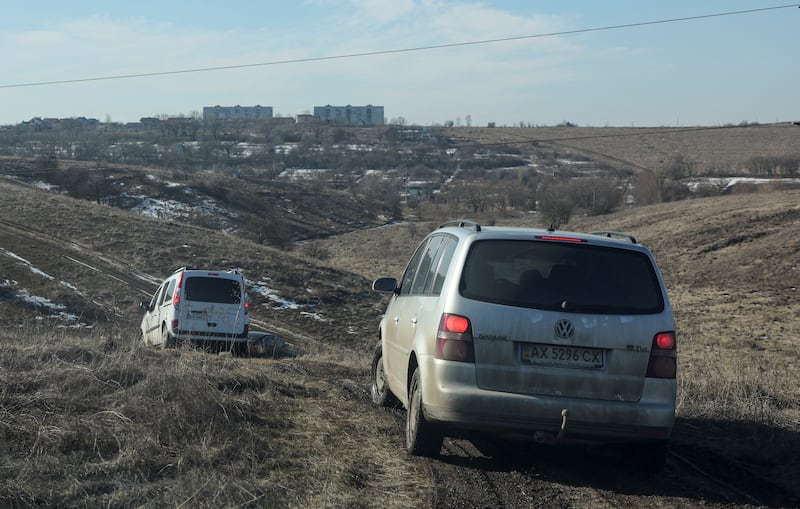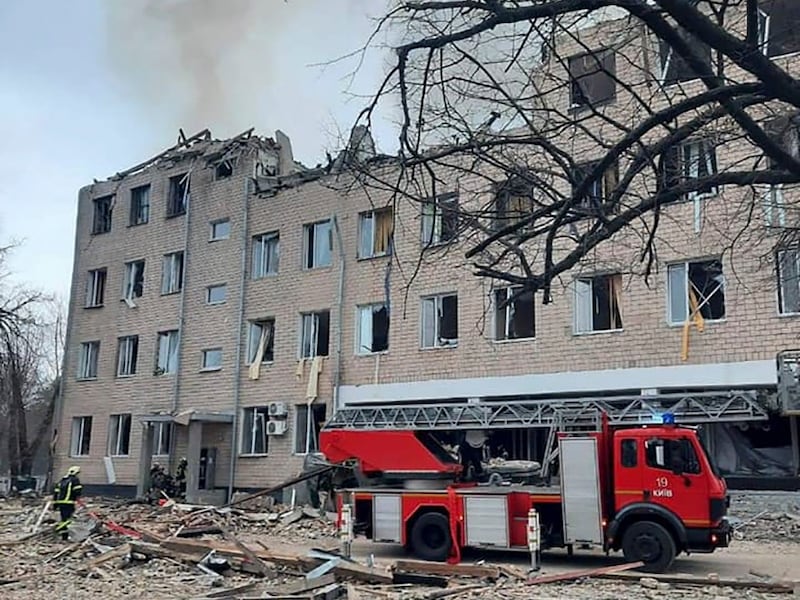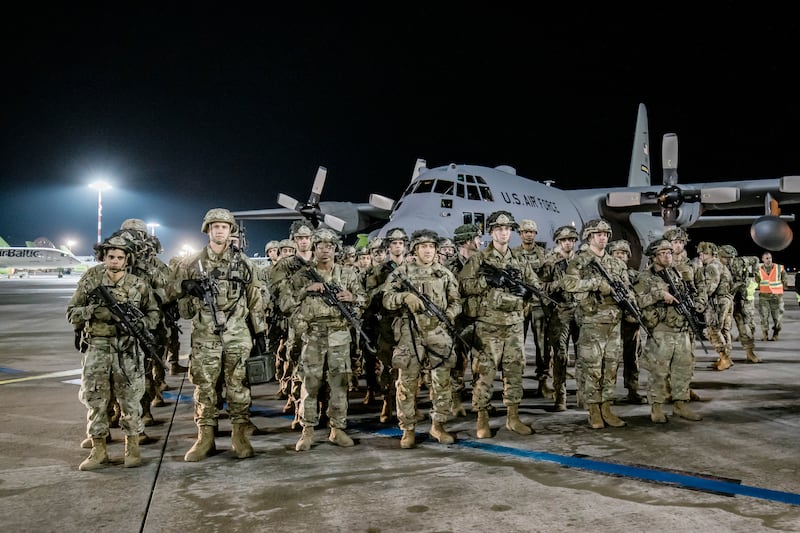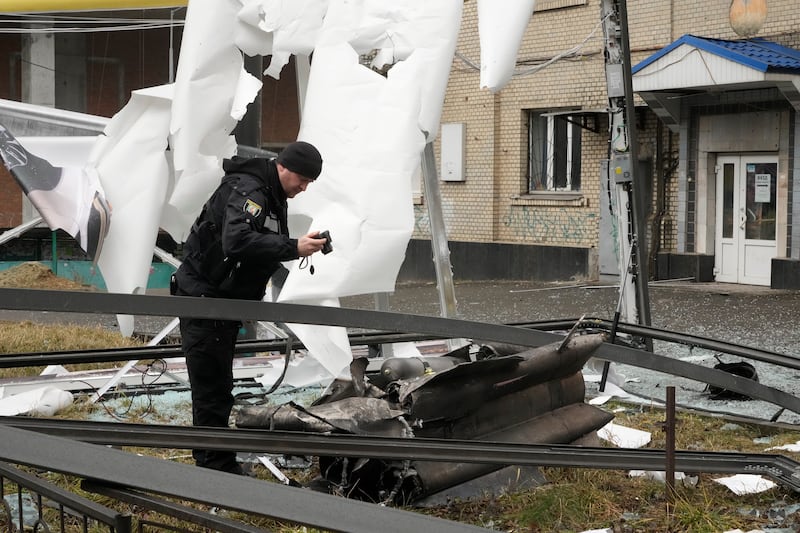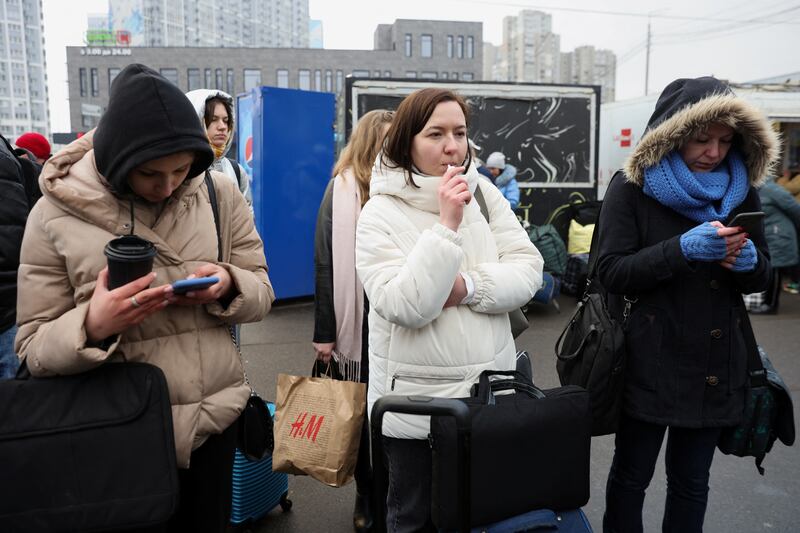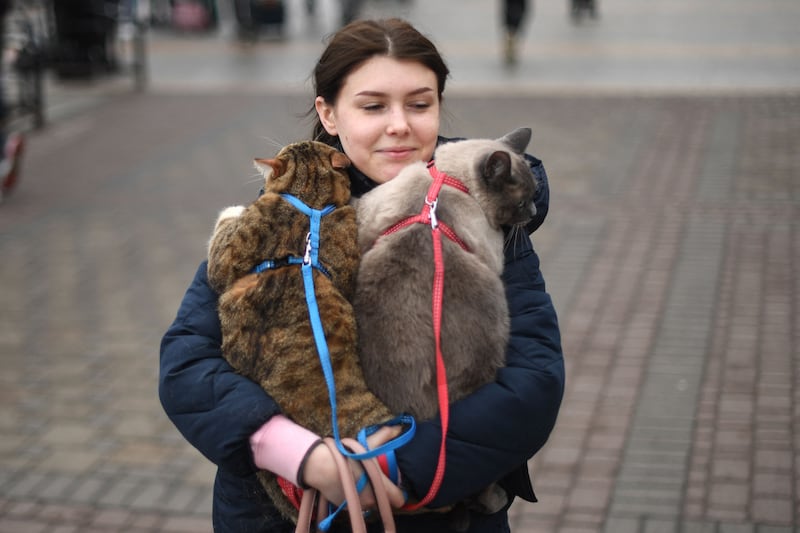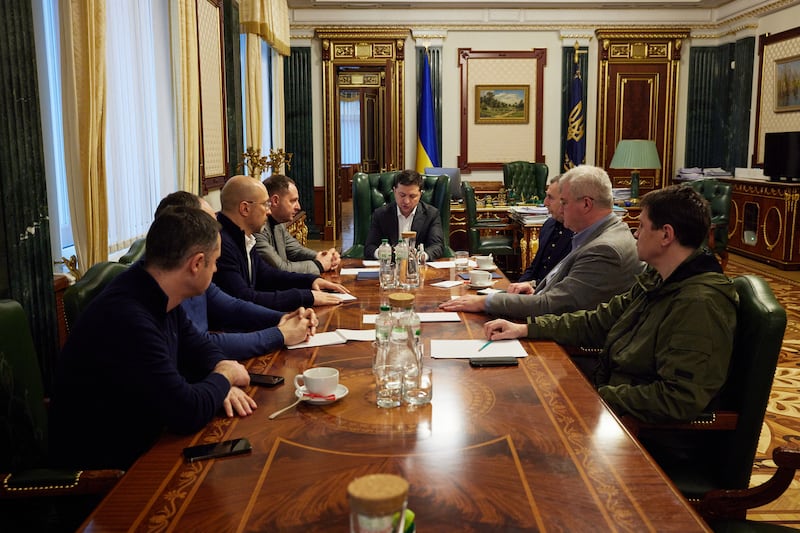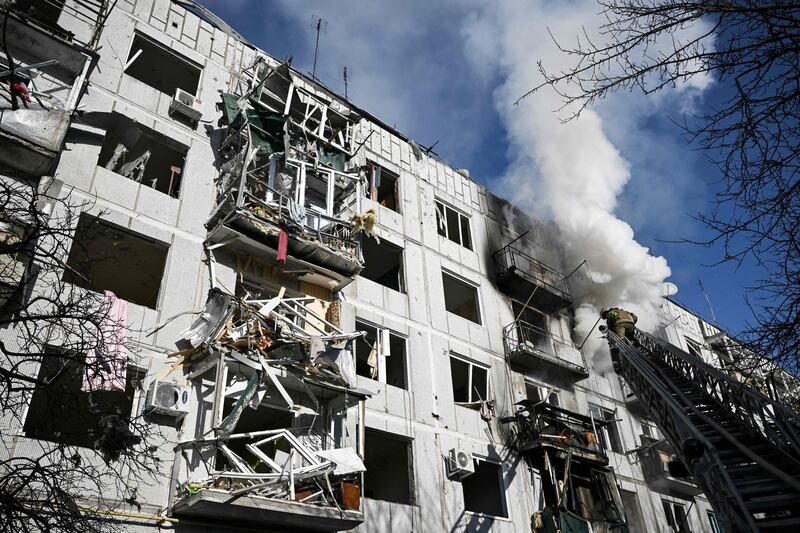Paratroopers and special forces attacking Ukraine’s capital are the “tip of the spear” for the main Russian attack that aims to decapitate the government, military analysts told The National.
Airborne forces are trying to seize two major airfields close to Kiev to bring in rapid reinforcements, including armoured vehicles.
The operational plan is understood to include assembling a significant force numbering about 5,000 troops and scores of BMD-4M and BDM-2 armoured fighting vehicles to storm the capital.
On Friday afternoon it was reported that the Russians had taken the large Hostomel airfield, used to assemble Ukraine-built Antonov aircraft, 30 kilometres north of Kiev.
The fighting in the northern suburbs of Kiev is understood to be reconnaissance by Russian Spetsnaz forces – similar to Britain’s SAS – and paratroopers landed by helicopter on Wednesday.
These forces are studying the capital for strong points, river crossings and examining Ukrainian urban tactics. They will also investigate vulnerabilities and take the opportunity to swiftly remove the government, specifically President Volodymyr Zelenskyy.
One key unit is the 76th Pskov Guards Air Assault Division, made up of battle-hardened paratrooper veterans,
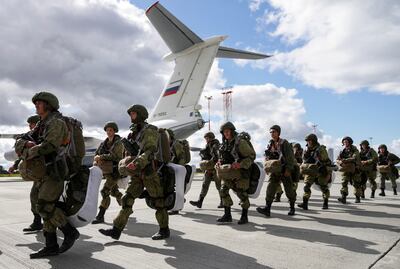
“This is a highly effective unit that will be probing Ukraine’s positions along with Spetsnaz,” said defence anaylst Sam Cranny-Evans, from the Rusi think tank. “We're not seeing large concentrations of armour just yet. We're seeing a few columns but it’s very much a tip-of-the-spear force where what they're trying to do is create the situation to bring in additional forces by air by seizing two major airfields.”
Heavy air transporters will then be able to fly in the BDMs as well as additional paratroopers and supplies.
“But the Russians certainly haven't had it all their own way,” Mr Cranny-Evans said. “There has been stiffer resistance than they were expecting, certainly in some regions, although it has only been 36 hours and we're only seeing what we would call the tip of the Russian spear.”
It will most likely be at least 48 hours before the heavy armour, along with artillery support, arrives close enough to the capital before a full assault is launched.
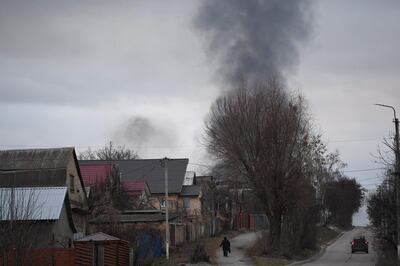
It is believed that Russia has committed about half of its 120 battalion tactical groups, made up of tanks, infantry and artillery with drones.
While the thrusts south from Belarus and those heading north from Crimea were making reasonable progress it has been hard going for those in the east, about 300km away.
The battlegroups are diverting around Ukraine strongpoints – either towns or geographical features – in their push to get to the capital. But this has allowed Ukrainian forces left in the rear to attack more vulnerable units such as artillery and infantry in lorries as well as resupply vehicles.
Britain’s defence minister James Heappey told parliament on Friday that the new light anti-tank weapons (NLAW) that the UK had provided to Ukraine were proving effective against Russian armour.
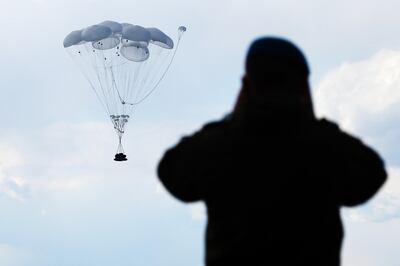
“We are aware of a number of circumstances in which they've been used to defeat Russian armour and we are therefore very aware of their utility both in open battle during the initial phase of the conflict but also in the urban domain in any resistance or insurgency that might follow,” Mr Heappey told MPs
NLAWs are being supplied alongside British Javelin anti-tank missiles and Ukraine’s own systems. An easy to use, one-shot disposable system, the NLAW has an effective range of 600 metres, penetrating armour using a top-down attack. For tanks on the move all a soldier has to do is track it for three seconds allowing the guidance system to compute the angular speed. The 12-kilogram missile then autonomously tracks the target without further human adjustments needed.
Mr Heappey also disclosed that Britain was considering sending other supplies. These could potentially be ammunition, satellite intelligence, electronic warfare capabilities and more anti-tank weapons.
It is unlikely that Britain can supply the urgently needed man-portable anti-craft weapons such as Stinger missiles, although this could come from the Baltic States and the US. However, the NLAW does have the capability to shoot down helicopters if used by experienced operators.
Britain is also assembling a full armoured brigade in Estonia with Challenger 2 main battle tanks heading from Germany to the Baltic state to be in place by March 1, Mr Heappey said. But, he said, they would not get involved in the conflict despite pleas from Kiev.
“British and Nato troops should not and must not play an active role in Ukraine because we must be clear what the risks of miscalculation could be.”
The key for President Zelenskyy will be to stay in power in the capital without being assassinated by Russian special forces while trying to maintain a public profile.
But when the Russian heavy armour arrives the urban fighting could “get very messy, very quickly,” Mr Cranny-Evans said. “This would put a lot of pressure on the Russians if their goal is Kiev. They would have to bring up a lot of forces very quickly because if the Ukrainians are able to stall them in a city, then it starts to erode that time pressure that the Russians think they need.
"The longer that it goes on, the more public opinion will galvanise around sanctions, harsher measures. The Russians are keen to bring it to an end as quickly as possible, within a week or two.”
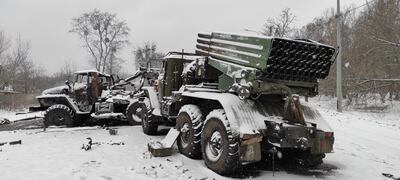
Late on Friday it appeared the Russians were avoiding Ukraine defensive bastions after the British Ministry of Defence reported that its armoured forces had opened a new route of advance towards Kiev avoiding the city stronghold of Chernihiv
"Russian armoured forces have opened a new route of advance towards Kiev having failed to capture Chernihiv," the MOD stated in an intelligence update. "The bulk of Russian forces advancing on Kiev remain more than 50km from the centre of the city."
While Nato has refused to provide troops to Ukraine, fearing an all-out war with Russia, military experts are urging commanders to consider an air and land corridor into Ukraine that can bring in weapon supplies.
“I think it’s going to be very difficult for the Ukrainian armed forces to withstand Russian domination and eventual conquest because they're heavily outnumbered and Russians are likely to have complete domination in due course,” retired British Army officer Richard Kemp said. “To assist with combat supplies we will need a land and air corridor, which would be a Nato operation but comes with great danger.
“Ukraine is clearly preparing for a guerrilla war if Russia does end up defeating the army in the field. And if that happens, then it could potentially become a protracted conflict with severe Russian casualties and severe political damage for [President Vladimir] Putin.”
